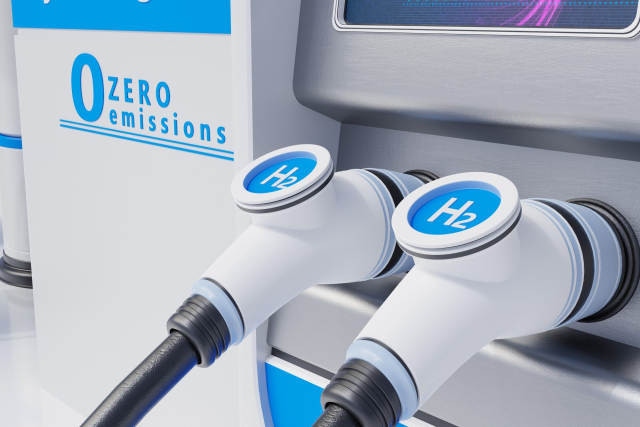
The discussion regarding hydrogen fuel cell vehicles (FCEVs) and electric vehicles (EVs) is critical to the sustainability of transport systems in the future. As of 2022, the hydrogen fuel cell vehicle industry capitalization was $1.46 billion, and the industry is expected to grow at a CAGR of 54.3% from 2023 to 2030. By comprehending the differences in technologies, costs, and their sustainability in the long run, both consumers and industries may be able to make better decisions.
Technology and Environmental Impact Comparison
FCEVs convert hydrogen to electricity through fuel cells, which emit only water vapor, while EVs utilize batteries to store energy that can be discharged. Ever since the introduction of hydrogen vehicles, the refueling and range capabilities have made it more efficient compared to electric vehicles for long-haul transport. On the other hand, EVs, such as Tesla's Model 3, use stored electricity in the form of batteries, making them far more efficient in urban centers.
Cost Assessments and Refueling Timings Comparison
At present, EVs have the upper hand because of the increased availability of charging stations and the constant decrease in the price of batteries. However, the Toyota Mirai FCEV can refuel in 5 minutes compared to the EVs, which charge anywhere from 30 minutes to 3 hours. Hydrogen fuel costs considerable amounts of money, but it is only a matter of time before it becomes cheaper due to the expansion of production and infrastructure.
Long-Term Viability and Infrastructure Requirements
Despite the advantages of EVs in charging their power source, they suffer from poor battery recycling options along with acquiring raw materials. On the other hand, hydrogen vehicles require considerable funding for hydrogen stations; however, they do guarantee the ability to create fuel using renewable sources. Companies such as Hyundai and Nikola are busy creating hydrogen ecosystems to increase the usage of FCEVs.
Conclusion
Both these vehicles, hydrogen and electric, are critical to achieving a decarbonized form of transportation. Electric vehicles are easier to obtain and charge, while currently, hydrogen vehicles take the lead in range and the time needed to refuel. The combination of both will result in a much cleaner and greener automotive industry; however, the most advanced technology will always prevail, and the infrastructure will dictate the primary technology to use.






